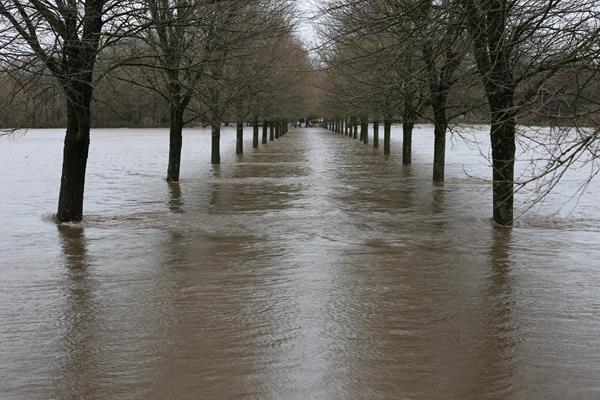Climate change adaptation and mitigation in relation to landscape character

The changing climate of Wales is likely to have significant direct and indirect impacts on landscape character, quality and local distinctiveness. Flooding and drought events, more frequent extreme weather, coastal erosion, wildfires, diseases affecting tree cover and changing land cover, habitats and species ranges are examples of how the landscape may change in the short or long term.
This communicating landscape change report identifies what adaptation measures may be needed to address the effects of climate change to 2050 and how these may affect landscape character and visual amenity themselves. For example, allowing controlled flooding in larger floodplains with an increase in semi-natural vegetation may change the character of some valley floors.
The study also identifies mitigation measures and their associated landscape changes. These may be marked in the case of wind and solar energy generation, and the planned expansion of woodland to sequestrate carbon.
The main changes have been set out for 14 landscape types derived from the LANDMAP Visual and Sensory layer by Natural Resources Wales. The areas include open and wooded uplands and lowlands, coastal edge, built up areas and water.
Client: Natural Resources Wales
